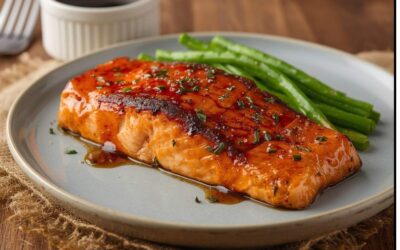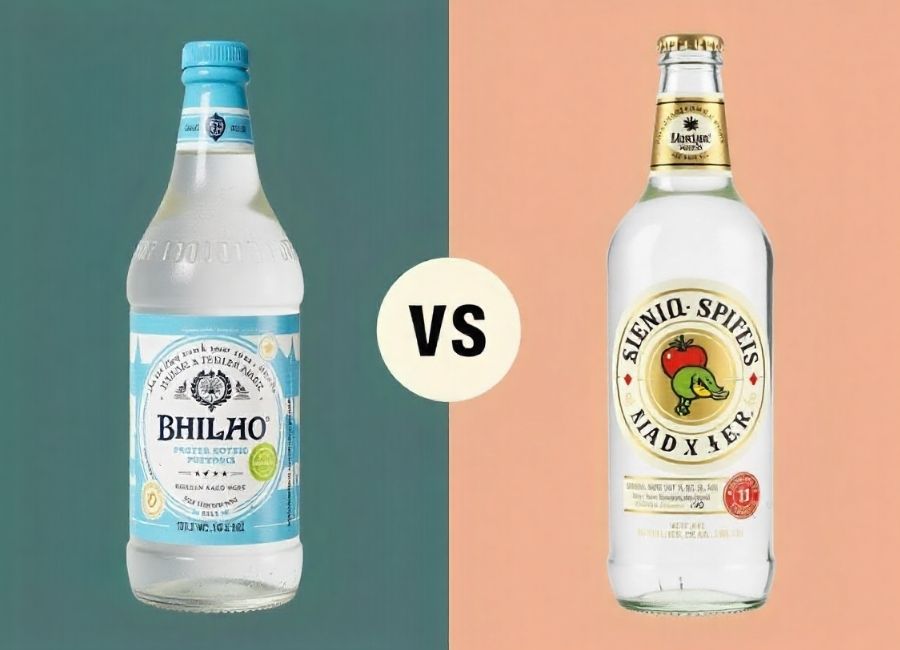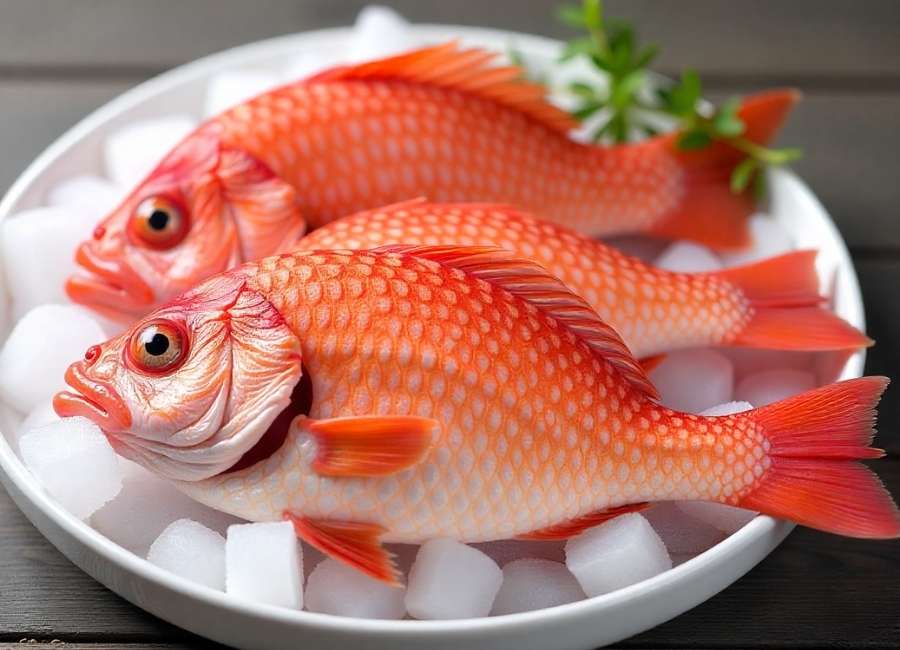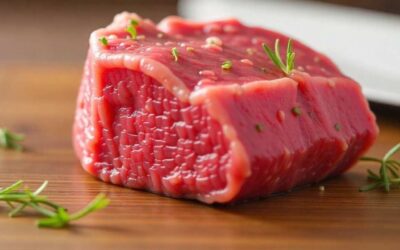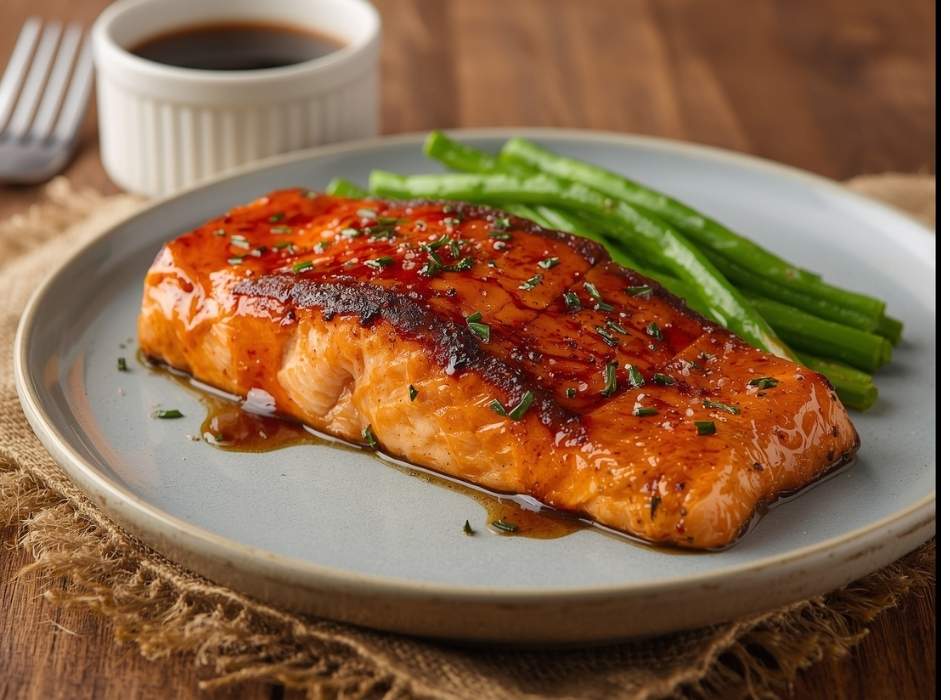The Cheesecake Factory’s Miso Salmon has earned a devoted following among restaurant-goers who crave its perfect balance of sweet, salty, and umami flavors. This glazed salmon dish combines the rich taste of miso with a beautifully caramelized exterior that keeps diners coming back for more.
While the restaurant keeps its exact recipe under wraps, home cooks have successfully recreated this popular dish through careful experimentation and refining their technique. Making Cheesecake Factory-style miso salmon at home allows you to enjoy restaurant-quality flavors while controlling ingredients and portion sizes.
This guide will walk you through creating an authentic-tasting version of this beloved dish, complete with tips for achieving that signature glaze and perfectly cooked salmon.
Understanding Miso and Its Role in the Recipe

Miso paste serves as the foundation for this dish’s distinctive flavor profile. This fermented soybean paste brings depth and complexity that transforms ordinary salmon into something extraordinary.
Types of Miso for Salmon
White miso (shiro miso) works best for this recipe because of its milder, sweeter taste compared to red or mixed varieties. Its subtle flavor complements salmon without overwhelming the fish’s natural taste. The paste’s natural sugars also help create the beautiful caramelization that makes this dish so visually appealing.
Red miso can be substituted if white miso isn’t available, but use it sparingly as its stronger, saltier flavor can dominate the dish. Start with half the amount called for and adjust to taste.
Essential Ingredients for Cheesecake Factory Miso Salmon

Creating this restaurant-style dish requires a handful of key ingredients that work together to build layers of flavor.
Main Components
Salmon fillets: Choose thick, skin-on salmon fillets (about 6-8 ounces each) for best results. Atlantic or King salmon varieties work exceptionally well due to their higher fat content and rich flavor.
White miso paste: Available at Asian grocery stores, health food stores, or online. Look for brands like Hikari or Marukome for consistent quality.
Mirin: This sweet rice wine adds sweetness and helps create the glaze. If unavailable, substitute with a mixture of rice vinegar and sugar.
Rice vinegar: Provides acidity to balance the dish’s richness and helps tenderize the salmon.
Brown sugar: Enhances caramelization and adds depth to the glaze.
Soy sauce: Use low-sodium versions to control salt levels, as miso paste already contributes significant saltiness.
Sake or dry white wine: Adds complexity and helps create a smooth marinade consistency.
Fresh ginger: Grated fresh ginger provides aromatic warmth and cuts through the richness.
Garlic: Minced fresh garlic adds savory depth to the marinade.
Step-by-Step Miso Salmon Recipe
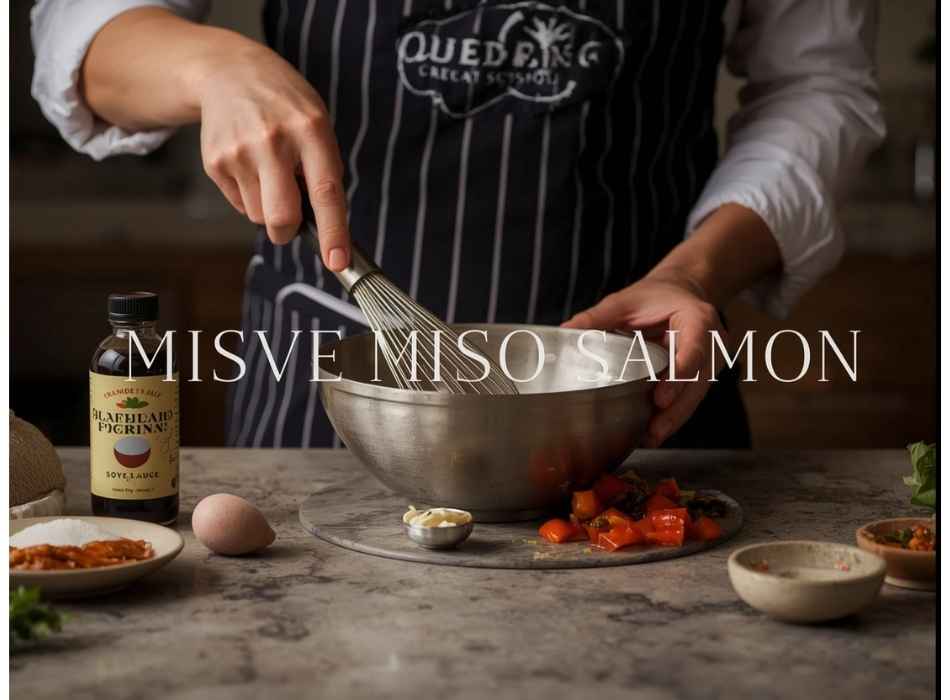
Preparing the Miso Glaze
Start by creating the signature glaze that gives this dish its restaurant-quality appeal. In a medium bowl, whisk together:
- 3 tablespoons white miso paste
- 2 tablespoons mirin
- 1 tablespoon rice vinegar
- 1 tablespoon brown sugar
- 1 tablespoon low-sodium soy sauce
- 1 tablespoon sake or dry white wine
- 1 teaspoon grated fresh ginger
- 1 clove garlic, minced
Whisk until the mixture is entirely smooth and the miso paste has dissolved completely. The consistency should be similar to thick cream. If the mixture seems too thick, add a teaspoon of water or additional sake.
Marinating the Salmon
Pat four 6-ounce salmon fillets dry with paper towels and place them in a shallow dish or resealable bag. Reserve about one-third of the miso mixture for basting during cooking, then pour the remaining marinade over the salmon.
Ensure each fillet is thoroughly coated, paying special attention to the flesh side. Marinate for at least 30 minutes at room temperature, or up to 4 hours in the refrigerator. Longer marinating times allow the flavors to penetrate deeper into the fish.
Cooking Methods
Oven Method: Preheat your oven to 400°F. Line a baking sheet with parchment paper and place marinated salmon fillets skin-side down. Bake for 12-15 minutes, depending on thickness. Brush with reserved glaze halfway through cooking.
Pan-Seared Method: Heat a large oven-safe skillet over medium-high heat. Add a small amount of oil and place the salmon flesh-side down first. Sear for 3-4 minutes until golden, then flip and transfer to a 400°F oven for 6-8 minutes.
Broiler Finish: For extra caramelization, brush salmon with remaining glaze and broil for 1-2 minutes at the end of cooking. Observe to prevent burning.
Achieving the Perfect Glaze
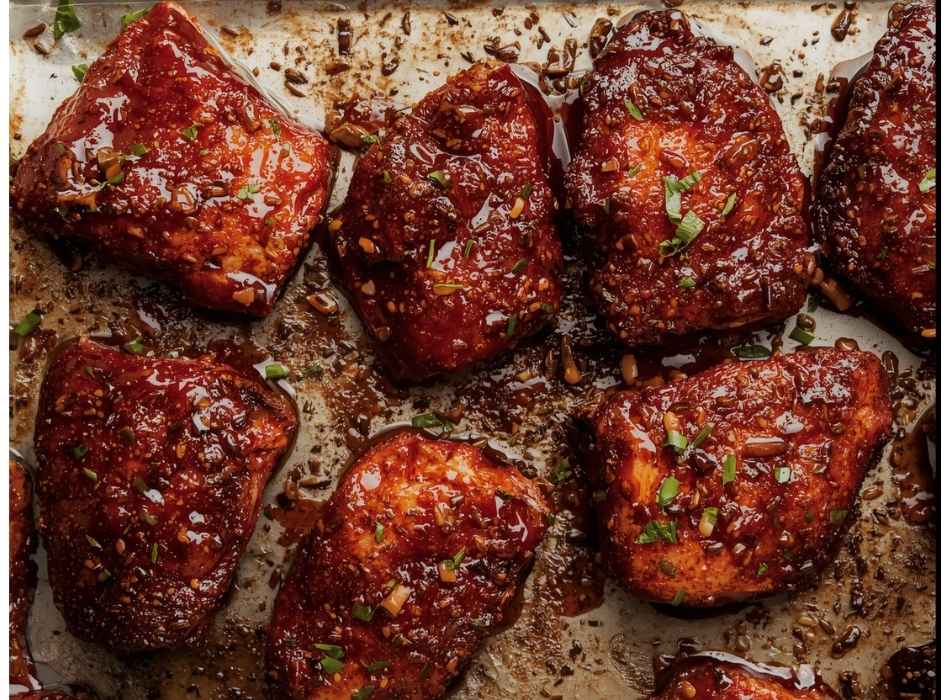
The signature glossy, caramelized exterior requires attention to detail and proper technique. The key lies in managing heat and timing to develop complex flavors without burning the delicate miso sugars.
Temperature Control
Cook salmon at moderate temperatures to allow the miso glaze to caramelize gradually. High heat can cause the sugars to burn before the fish cooks through, resulting in bitter flavors and an unappealing appearance.
Basting Technique
Apply additional glaze during cooking to build layers of flavor and achieve that restaurant-style lacquered appearance. Use a pastry brush to apply thin, even coats rather than flooding the fish with marinade.
Serving Suggestions and Accompaniments
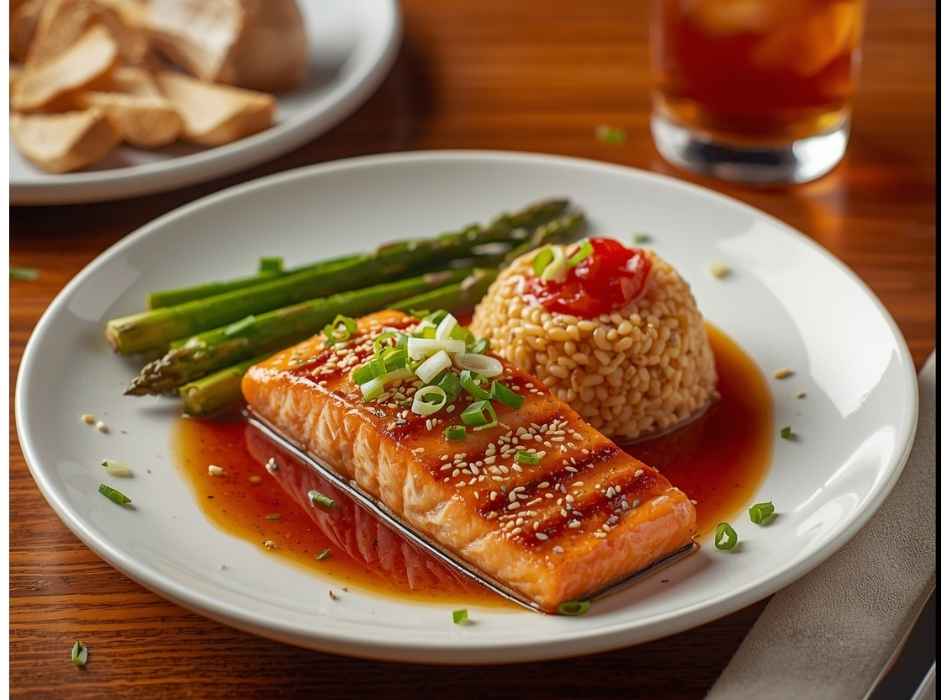
Cheesecake Factory typically serves its miso salmon with complementary sides that don’t compete with the dish’s bold flavors.
Traditional Pairings
Steamed jasmine rice provides a neutral base that absorbs the flavorful glaze. Sautéed vegetables like baby bok choy, asparagus, or snap peas add color and fresh crunch. Edamame offers protein and a pop of bright green color.
Creative Variations
Try serving over cauliflower rice for a lower-carb option, or alongside sesame noodles for a more substantial meal. Pickled cucumber salad provides an acidic contrast that cuts through the salmon’s richness.
Troubleshooting Common Issues

Glaze Won’t Stick
If the glaze slides off during cooking, ensure the salmon is completely dry before marinating. Pat fillets with paper towels and let them air-dry for 10-15 minutes before applying marinade.
Burnt Glaze
Reduce oven temperature by 25°F and cover loosely with foil if browning too quickly. The natural sugars in miso and mirin can caramelize rapidly once they reach certain temperatures.
Dry Salmon
Avoid overcooking by using a meat thermometer. Salmon is ideally done at an internal temperature of 145°F. The fish will continue cooking slightly after removal from the heat.
Bring Restaurant Quality to Your Kitchen
Creating Cheesecake Factory-style miso salmon at home rewards you with restaurant-quality flavors and the satisfaction of mastering a complex dish. The combination of umami-rich miso, sweet mirin, and aromatic ginger creates a sophisticated flavor profile that rivals any upscale dining experience.
Start with high-quality ingredients, pay attention to timing and temperature, and don’t rush the marinating process. With practice, you’ll develop an intuitive sense for achieving that perfect balance of caramelization and moisture that makes this dish so memorable.
Try this recipe for your next dinner party or special occasion. Your guests will be impressed by the professional presentation and complex flavors that rival their favorite restaurant dish.










